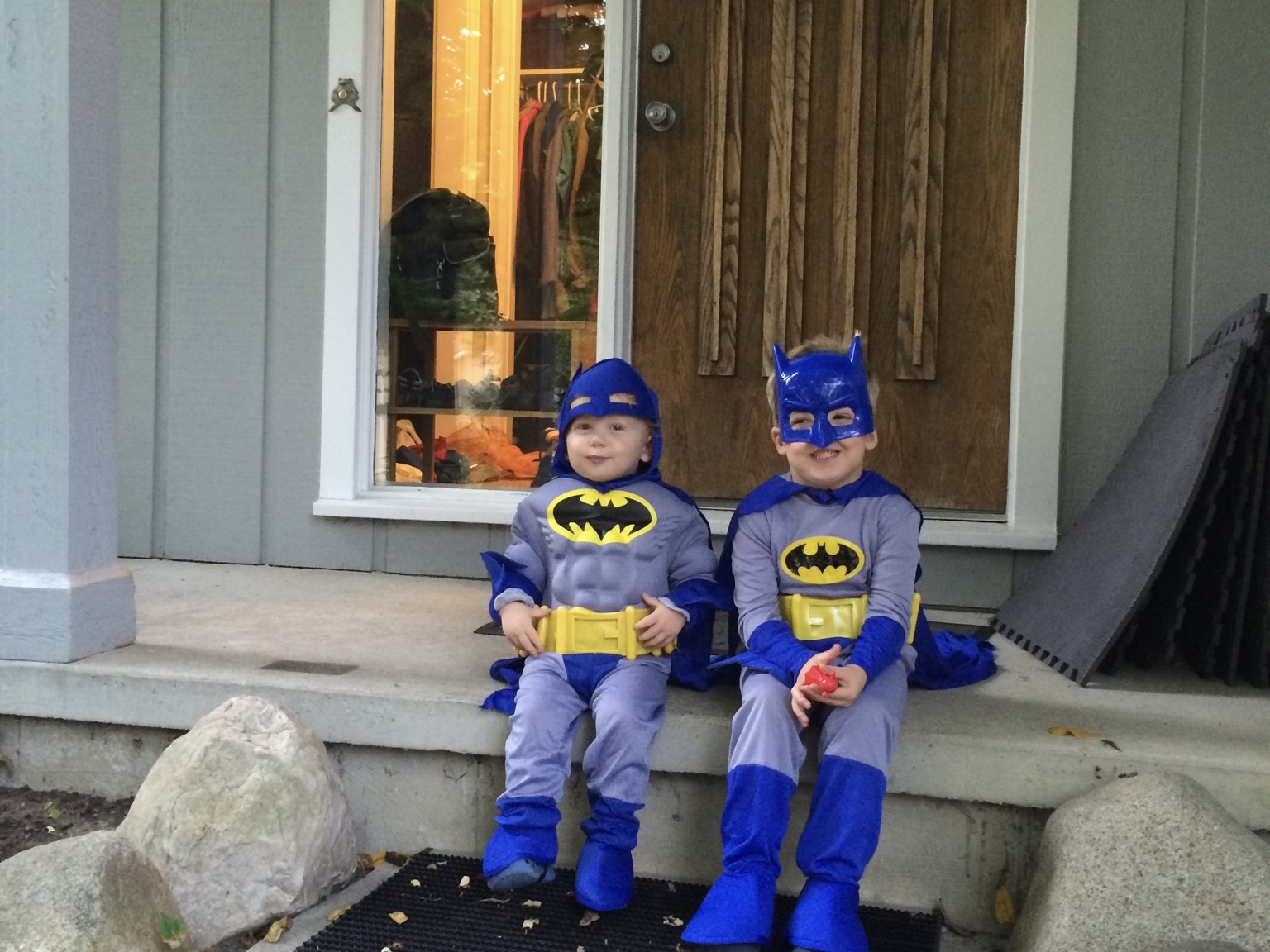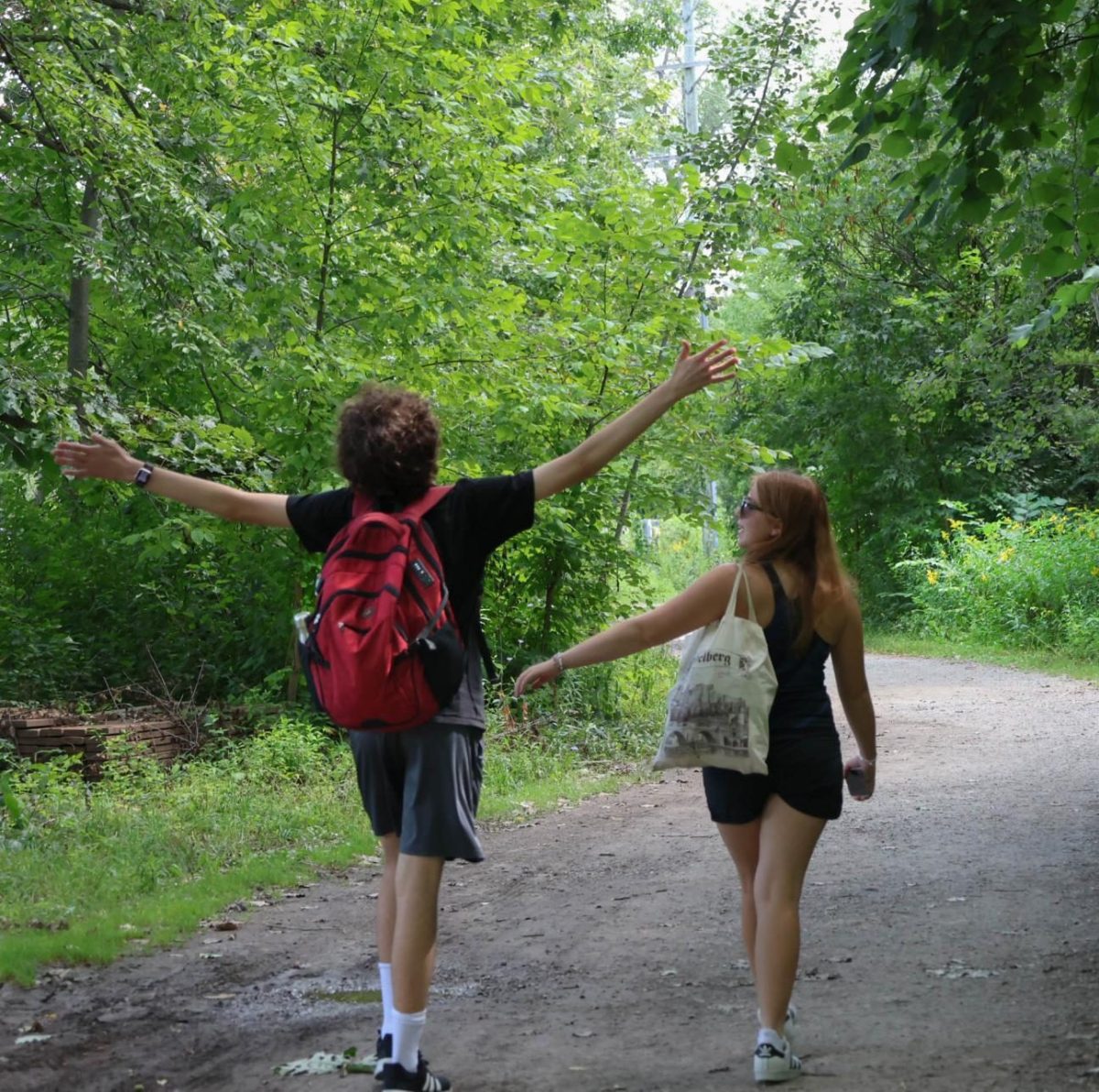Trick or Treating: Age Limit or No Age Limit?


Trick-or-Treating should not have an age limit. All ages should be able to experience walking from door to door to “trick-or-treat” for candy.
Through my teenage years, I’ve continued the tradition of trick-or-treating with my friends. From coordinated costumes to trading candy, I have made some of the best memories trick-or-treating on Halloween.
High schools all over the world partake in Halloween festivities such as dances, spirit weeks, or costume contests, allowing friends to connect during the holiday and encouraging students to show off their costumes through trick-or-treating. CHS hosts an annual Halloween Dance and a costume contest every Halloween, which makes students eager to dress up and celebrate. Colleges and universities foster the Halloween spirit with traditions, such as the MIT pumpkin drop, the University of Rochester scavenger hunt, and the Harvey Mudd costumed tailgate barbecue. Events like these encourage students to wear costumes and show Halloween spirit, one of which is trick-or-treating.
Some teenagers or adults use trick-or-treating as an excuse to show off a costume. Events such as Renaissance fairs or comic conventions are limited to a certain variety of costumes, whereas Halloween has no boundaries. Furthermore, Halloween can help adults and older children channel creative energy and ideas into their costumes. I went trick-or-treating as a 14-year-old with my friends, and it was one of the best days of my year dressed as a character from the Powerpuff Girls alongside two of my friends, and it felt like a great time to express myself. I thrifted pieces of my costume and incorporated my style into a classic character. Halloween is no different than other holidays, for example, birthdays. Every year, no matter what age, my family and I still celebrate my grandparents’ birthdays. So why should trick-or-treating, a staple tradition, be restricted to a certain age when other holidays stay lifelong traditions?
A main source of worry is that teens and adults trick-or-treating will take candy away from children, leading houses to run out quicker, but in reality, a lot of candy is wasted during the holiday. I’ve seen homeowners go out to buy more candy for trick-or-treaters later at night, and they are left giving it out to the neighbors and urging people to take 4 or 5 pieces. Approximately 400 million dollars worth of candy heads straight to the dumpster every year, according to Next Gen Personal Finance. The results of this amount of waste can lead to excessive overconsumption and pollutants being released into the environment.
As a child, my dad would always take the candy I didn’t want and give it to his students or coworkers. I still have Halloween candy from a year ago sitting in the back of my closet. Adults and teens who go trick-or-treating will not let the extra candy they have go to waste. My friends and I trade candy with each other, and I always give away the candy I know I won’t eat.
My conclusion? There’s nothing wrong with trick-or-treating at an older age as long as it’s in a safe and child-friendly way. Nobody is put in danger by a few more trick-or-treaters each year, and certain aspects can create solutions to problems such as overconsumption and extra waste.
Trick-or-treating has been an integral part of many people’s Halloween experiences, and I know it has been for me. I always had so much fun when I was younger, walking around the neighborhood, knocking on doors, dressing up, and getting some candy. However, as I grew older, I felt that the trick-or-treating aspect of Halloween had started to lose its magic, and I was less enthusiastic to go dress up in costumes, parade down the street, and many other teenagers felt the same way.
According to treehugger.com, Halloween can be one of the most magical nights of the year for kids, though not everyone shares this positive opinion. Concerns have been raised by parents related to the presence of older kids and adults during trick–or-treating, with some worried that kids will be uncomfortable or discouraged from trick–or–treat. Additionally, some homeowners have reported teenagers taking more than their share of Halloween candy. That’s why some cities have rules in place for Halloween.
Chesapeake, Virginia, passed a law in the 1960s banning anyone over 14 from participating in trick-or-treating. While locals say no teens are getting arrested for trick-or-treating with their younger siblings or dressing up in costumes, the rule acts to prevent adults and “troublemakers” from doing things that could ruin a kid’s night.
According to this article by Huntsville News, “Anyone over 14 who trick–or–treats in Chesapeake will not receive anything but candy,” Chesapeake City Spokesperson Heath Covey said. According to Covey, the law’s single purpose is to give police the ability to take action if someone were to do “something malicious”, such as smashing pumpkins on the streets.
While there shouldn’t be a complete age cut-off, and putting someone in jail for dressing up is extreme, age limits serve as a reminder that trick-or-treating is for children. Respectful teenagers should be allowed to trick-or-treat, as long as they keep the environment positive for younger kids. However, at some point, when adults start knocking on the same doors as toddlers, asking for candy, that is a lot more uncomfortable.
According to an article by FindLaw, much vandalism takes place at Halloween, including toilet-papering houses and smashing pumpkins. Stopping teenagers from going out on Halloween can greatly decrease the likelihood of this happening.
The Halloween festivities don’t end, and if adults want to do other Halloween activities, that’s great! It would be better to have separate experiences, such as scary movies or late-night walks in a less kid-flooded neighborhood, so the night stays magical for the children.
The goal of the age limits is not to prevent people from having fun on Halloween, but to keep kids safe and ensure that they have a great trick-or-treating experience.











